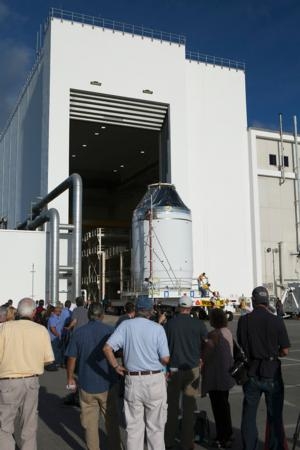Sat, Sep 13, 2014
Advertisement
More News
 Airborne 05.05.25: NTSB Holland Prelim, Airlines v Tariffs, $$$ For ATC
Airborne 05.05.25: NTSB Holland Prelim, Airlines v Tariffs, $$$ For ATC
Also: 787-Billion Pax, Ryanair Buying Chinese, Ballooning HoF, ERAU MX Competition An NTSB Preliminary report is shedding some light on the Rob Holland tragedy. And there now seems>[...]
 Airborne 05.07.25: Talon A-2 Hypersonic, FIFI Under Repair, Spirit Furloughs
Airborne 05.07.25: Talon A-2 Hypersonic, FIFI Under Repair, Spirit Furloughs
Also: Tricky Golf Course Deadstick, Textron Special Olympics, Artemis II, FlightSimExpo! Stratolaunch conducted the second successful launch and recovery of its Talon-A2 autonomous>[...]
 Airborne Affordable Flyers 05.08.25: Blackshape Test, Risen, Alto NG Sells Out
Airborne Affordable Flyers 05.08.25: Blackshape Test, Risen, Alto NG Sells Out
Also: Rotax Service Instruction, LAA Jabiru Alert, New AMA Boss, FlightSimExpo ANN’s Jim Campbell got an hour in the SLEEK Blackshape Prime last week along with a chance to w>[...]
 Aero-News: Quote of the Day (05.11.25)
Aero-News: Quote of the Day (05.11.25)
“Secretary Duffy’s plan cements America as a global leader in aviation, investing in both technology and the air traffic control workforce to enhance U.S. aviation safe>[...]
 NTSB Final Report: Schleicher Alexander GMBH & CO ASH 26 E
NTSB Final Report: Schleicher Alexander GMBH & CO ASH 26 E
Witnesses Described That The Glider Pitched Up Before Entering A Nose Low, Left Descending Turn Analysis: The 84-year-old pilot was being towed for takeoff in his glider when the a>[...]
blog comments powered by Disqus




